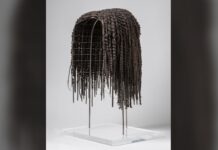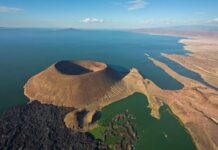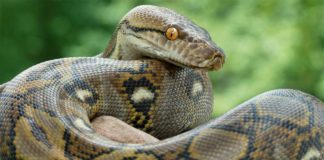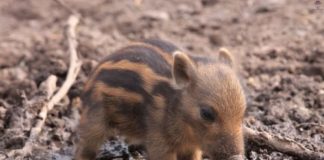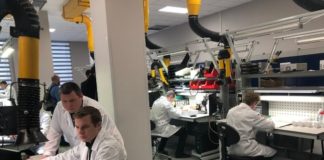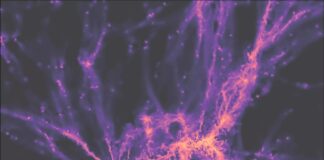A team of researchers off the coast of Norway has captured groundbreaking footage of an orca giving birth in the wild, providing a rare and intimate glimpse into one of these marine mammals’ most delicate moments. The images are believed to be the first ever documented showing an orca calf during its initial hour of life.
The extraordinary event unfolded during a whale-watching trip led by Orca Channel, a company that also conducts marine mammal research in Norwegian waters. As researchers observed a pod of orcas feeding near Skjervøy in the Arctic Circle, blood suddenly appeared in the water, signaling an unexpected turn of events.
“It was a chaotic scene,” recalled Krisztina Balotay, a photographer and videographer with Orca Channel. “Suddenly there was blood everywhere. At first, I didn’t know what had happened. Then a tiny head popped up out of the water.” It was a newborn orca calf, brought into the world just meters from the observation boat.
What followed was an awe-inspiring display of maternal instinct and pod protection. The rest of the orca group, composed largely of females and juveniles, quickly formed a tight circle around the vulnerable calf. Their movements seemed unusually forceful at times, pushing the newborn towards the surface as if ensuring its access to air. “We weren’t sure if it was alive,” Balotay admitted.
Concerned by the scene, researchers from the Norwegian Orca Survey deployed a drone to get a closer look while simultaneously requesting other nearby whale-watching boats to create a safe perimeter around the pod. This allowed for undisturbed observation and prevented further disturbance to the sensitive new family unit.
Drone footage revealed that the calf initially struggled to stay afloat in its first fifteen minutes of life, but eventually regained buoyancy, showcasing its resilience. The mother orca was identified as NKW-591, a seasoned mother who had successfully raised offspring before. While the calf’s dorsal fin was bent, a common occurrence shortly after birth, experts noted that it was otherwise healthy and active within the protective circle of its pod.
The Norwegian Orca Survey emphasizes the significance of this unprecedented footage. Documenting such events is crucial for understanding orca reproductive patterns and survival rates in their natural environment. The team plans to continue studying the collected data and hopes to encounter the group again in the coming weeks, offering further valuable insights into the life of this newly born orca calf and its family.













